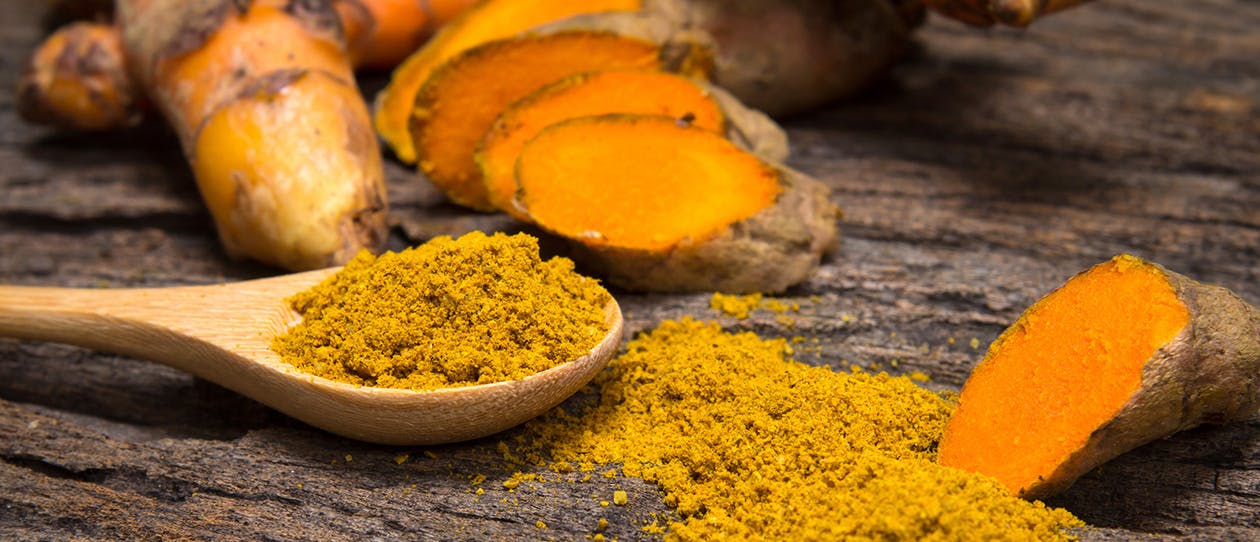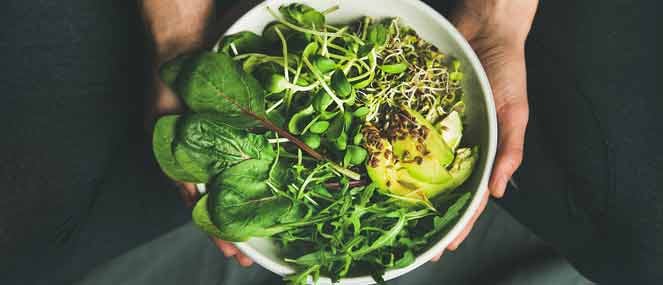
- Health hub/
- Arthritis, joint, bone & muscle/
- What is turmeric and what are its benefits?


You may be most familiar with turmeric through the curry dishes you have eaten. The golden colour of curry comes from its main ingredient, turmeric spice.
Turmeric, is an ingredient that has been used in culinary dishes and traditional medicine for centuries,. It is often used as a spice in South Asian and Middle Eastern cooking.
A relative of ginger, the turmeric plant grows in the tropics of Southern Asia, curry. The roots are typically boiled and then dried into a yellow powder.
According to the book Herbal Medicine: Biomolecular and Clinical Aspects, India produces nearly all of the world’s turmeric crop and consumes 80% of it. However, it is also well recognised and used in other countries, such as in mustard in the United States, in tea in Japan, in cosmetics in Thailand and drinks in Korea.
Curcumin is available in different forms including capsules, tablets, ointments, energy drinks, soaps, and cosmetics.
The health benefits and golden colour of the spice come from its active compound, curcumin. The main health benefits of turmeric are its anti-inflammatory and antioxidant effects.
4 Benefits of Turmeric
Anti-inflammatory
One of turmeric’s main traditional medicinal uses has been as an anti-inflammatory. This makes it a beneficial ingredient, given inflammation is known to be linked to many health conditions or pain. This includes inflammation from exercise, with one review noting turmeric’s potential to enhance recovery and performance in those engaged in sports and exercise.Antioxidant
Curcumin has antioxidant properties, helping to fight free radicals, the molecules that can cause cell damage.
Supports joint health
Because of its anti inflammatory action, turmeric can aid in reducing joint pain and relieving pain after exercise. With its role in collagen formation, it also helps to maintain joint health. Collagen is major component of bone, skin, muscles, tendons, and cartilage.
Relieves symptoms of mild arthritis and osteoarthritis
The American Society for Surgery of the Hand discusses how turmeric’s inflammatory properties could be why it may be effective against arthritis pain. Of the many scientific studies conducted for treating osteoarthritis symptoms, the majority report a significant reduction in pain.
This includes one study published in BioMed Central Journal which suggests that suggest that curcumin with increased bioavailability may be an effective alternative treatment option for patients with knee osteoarthritis but intolerant to the side effects of NSAIDs.
How to incorporate turmeric into diet?
The Arthritis Foundation notes a few factors affecting turmeric’s effectiveness. It only contains about 2 to 6% of the active compound, curcumin, so the anti-inflammatory effects are not high. It has poor bioavailability, so taking curcumin on its own is not easily absorbed by the body, a review published in the Foods Journal explains. Its bioavailability may be enhanced by adding certain components such as piperine, the major active component of black pepper. According to the Arthritis Foundation, consume curcumin in meals with fat to further enhance absorption. According to Mt Sinai Hospital, bromelain may support increases in the absorption and anti-inflammatory effects of curcumin, so can be combined in turmeric products. Cleveland Clinic explains that taking it with heart-healthy fats such as nuts, avocado, seeds and olive oils may enhance absorption. There no set recommended dosage of turmeric for health. In the meantime, you can use turmeric as a spice in your cooking for its general health benefits. You can add it to smoothies, muffins, rice, roasted veggies, salads and soups. Turmeric adds golden colour and flavour to dishes such as Asian dishes, rice and lentil dishes, stews and soups such as chicken soup. You can also use the fresh root and place it in an airtight container in the fridge. Then peel, chop or grate it to use in your cooking. For instance, you could add it to your tea, adding lemon and honey for flavour. Avoid getting turmeric on your clothing or benchtops as it stains and can be difficult to remove. Seek professional advice first. If you are considering taking turmeric as a supplement, talk to your doctor about whether this is ideal for your personal health situation and to determine the right dose, as it could interact with any current medications.
REFERENCES https://healthcare.utah.edu/healthfeed/2020/02/benefits-of-turmeric https://www.ncbi.nlm.nih.gov/pmc/articles/PMC5664031/ https://www.mountsinai.org/health-library/herb/turmeric




